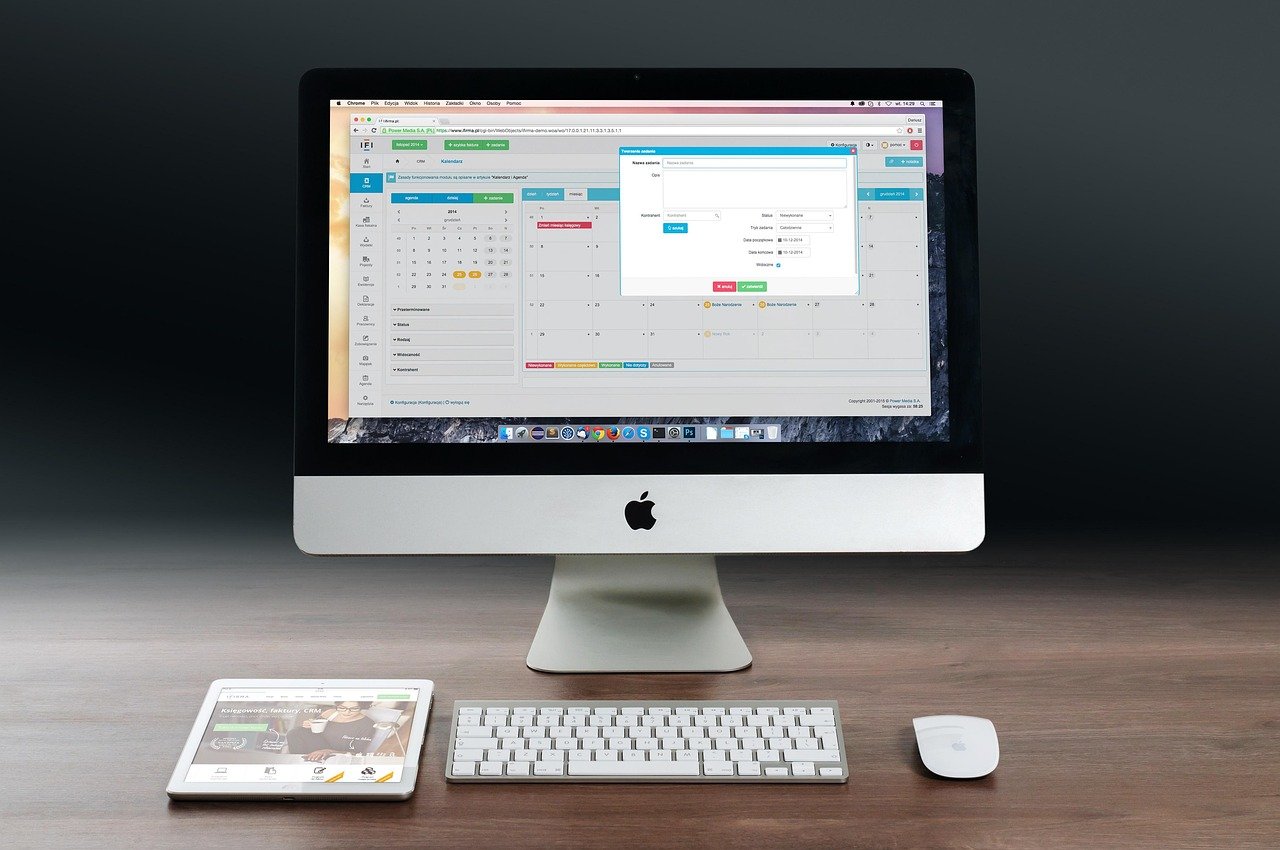WordPress design is more than just choosing a pretty theme; it’s about crafting a functional, engaging, and brand-aligned website that achieves your specific goals. A well-designed WordPress site is a powerful tool for attracting visitors, converting leads, and establishing your online presence. In this comprehensive guide, we’ll delve into the key aspects of WordPress design, from selecting the right theme to optimizing for user experience and search engines.
Understanding WordPress Design Principles
The Foundation: Theme Selection
- Choose a Responsive Theme: In a mobile-first world, ensuring your website looks and functions flawlessly on all devices is crucial. A responsive theme automatically adjusts its layout to fit any screen size. Look for themes that explicitly mention “responsive design” in their description.
- Consider Your Website’s Purpose: Are you building a blog, an e-commerce store, or a portfolio? Select a theme that’s tailored to your specific needs. For instance, WooCommerce-compatible themes are ideal for online stores.
- Prioritize Speed and Performance: A slow website frustrates users and hurts your search engine rankings. Choose lightweight themes with clean code. Check theme reviews and demos to assess their performance.
- Example: GeneratePress and Astra are popular, lightweight themes known for their speed and flexibility. They offer a blank canvas upon which to build with a page builder, or can use the block editor.
User Experience (UX) is Paramount
- Intuitive Navigation: Make it easy for visitors to find what they’re looking for. A clear and consistent navigation menu is essential.
- Clean and Readable Layout: Avoid clutter and use plenty of white space. Choose readable fonts and appropriate font sizes.
- Compelling Visuals: Use high-quality images and videos to capture attention and communicate your message effectively. Optimize images for web use to minimize file size.
- Call-to-Actions (CTAs): Guide visitors towards desired actions, such as subscribing to your newsletter or making a purchase. Place CTAs strategically throughout your website.
- Accessibility: Ensure your website is accessible to users with disabilities. Follow web accessibility guidelines (WCAG).
Branding and Consistency
- Consistent Visual Identity: Use a consistent color palette, typography, and logo across your entire website.
- Reflect Your Brand Values: Your website should reflect your brand’s personality and values.
- Brand Voice and Tone: Maintain a consistent voice and tone in your website’s content.
- Example: If your brand is playful and energetic, your website should reflect that through its design and content.
Key Elements of WordPress Design
Homepage Design
- First Impressions Matter: Your homepage is often the first point of contact with potential customers. Make it count!
- Clear Value Proposition: Communicate what you offer and why visitors should choose you.
- Engaging Headline: Grab attention with a compelling headline that summarizes your core message.
- High-Quality Visuals: Use captivating images or videos to showcase your products or services.
- Strategic CTAs: Guide visitors towards important actions.
- Example: A homepage for a web design agency might feature a striking image of a beautifully designed website, a headline like “We Build Websites That Convert,” and a prominent CTA button that says “Get a Free Quote.”
Content Layout and Typography
- Hierarchy and Readability: Use headings, subheadings, and bullet points to break up text and improve readability.
- Font Selection: Choose fonts that are easy to read and complement your brand’s style. Consider using a font pairing tool to find complementary fonts.
- Font Size and Line Height: Ensure your font size and line height are appropriate for comfortable reading. Aim for a line height of around 1.5 to 1.7 times the font size.
- White Space: Use white space to create visual separation and improve readability.
- Example: Use larger fonts for headings and smaller fonts for body text. Use a sans-serif font for headings and a serif font for body text for a classic combination.
Navigation and User Flow
- Intuitive Menu Structure: Organize your website’s content logically and create a clear navigation menu.
- Search Functionality: Provide a search bar for users who want to quickly find specific information.
- Breadcrumbs: Use breadcrumbs to help users understand their current location on the website and easily navigate back to previous pages.
- Mobile Navigation: Ensure your navigation menu is responsive and easy to use on mobile devices.
- Example: A well-structured navigation menu might include sections like “About Us,” “Services,” “Portfolio,” “Blog,” and “Contact Us.”
WordPress Design Tools and Resources
Page Builders
- Drag-and-Drop Functionality: Page builders allow you to create custom layouts without writing code.
- Popular Options: Elementor, Beaver Builder, and Divi are popular page builders with a wide range of features and templates.
- Consider the Learning Curve: Some page builders are easier to learn than others.
- Example: Elementor offers a free version with basic features and a premium version with advanced capabilities.
WordPress Plugins
- Extend Functionality: Plugins allow you to add features and functionality to your WordPress website, such as contact forms, social media integration, and SEO optimization.
- Essential Plugins: Yoast SEO (SEO), Contact Form 7 (Contact Forms), and Smush (Image Optimization) are essential plugins for most WordPress websites.
- Plugin Compatibility: Ensure that plugins are compatible with your theme and other plugins.
- Example: The Yoast SEO plugin helps you optimize your website for search engines by providing tools for keyword research, meta description optimization, and content analysis.
Design Resources
- Stock Photo Websites: Unsplash, Pexels, and Pixabay offer high-quality, royalty-free images.
- Icon Libraries: Font Awesome and Flaticon provide a vast collection of icons for use in your website design.
- Color Palette Generators: Coolors and Adobe Color offer tools for creating and exploring color palettes.
- Example: Use Unsplash to find stunning images for your website’s background or blog posts.
Optimizing WordPress Design for SEO
Mobile-First Indexing
- Google prioritizes mobile-friendly websites: Ensure your website is fully responsive and provides a seamless experience on mobile devices.
- Use Google’s Mobile-Friendly Test: This tool can help you identify and fix mobile usability issues.
Website Speed Optimization
- Fast Loading Times are Crucial: Optimize images, leverage browser caching, and use a content delivery network (CDN) to improve website speed.
- Use Google’s PageSpeed Insights: This tool provides insights into your website’s performance and offers suggestions for improvement.
Keyword Optimization
- Target Relevant Keywords: Research and target keywords that are relevant to your business and your target audience.
- Use Keywords Strategically: Incorporate keywords into your website’s titles, headings, meta descriptions, and content.
- Avoid Keyword Stuffing: Don’t overuse keywords, as this can hurt your search engine rankings.
Structured Data Markup
- Help Search Engines Understand Your Content: Implement structured data markup to provide search engines with more information about your website’s content.
- Use Google’s Structured Data Testing Tool: This tool can help you validate your structured data markup.
Conclusion
WordPress design is a multifaceted process that requires careful planning, attention to detail, and a focus on user experience. By understanding the principles of good design, utilizing the right tools and resources, and optimizing for SEO, you can create a WordPress website that not only looks great but also achieves your business goals. Remember to prioritize a responsive design, intuitive navigation, compelling visuals, and strategic calls-to-action. Continuously analyze your website’s performance and make adjustments as needed to ensure that it remains effective and engaging for your target audience. Investing in thoughtful WordPress design is an investment in your online success.



